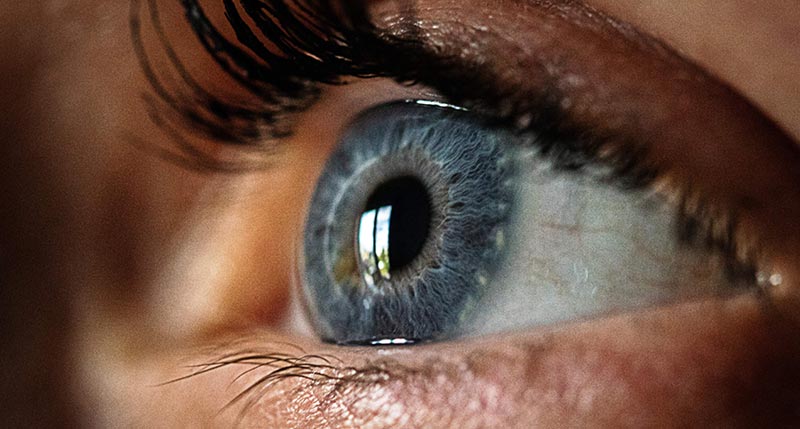In our previous post, we explored the symptoms of seasonal allergies that affect the eyes—what we call allergic conjunctivitis. These include itchy, watery, swollen red and irritated eyes. If you’ve had them, you know how annoying and uncomfortable the condition can be.
Let’s explore 6 options for treating this seasonal condition:
- Over-the-Counter Allergy Eye Drops
There are a variety of over-the-counter allergy eye drops on the market that you can buy to find relief from red, swollen, or itchy allergy eyes. Many of these eye drops have antihistamines or block your body’s mast cells to help reduce your body’s allergic reaction. In addition, preservative-free artificial tear eye drops can help to soothe the discomfort of allergic conjunctivitis. Here’s a tip: For an added cooling effect on warm Spring days, store your eye drops in the refrigerator before use.
- Prescription Eye Drops
Depending on your level of irritation, over-the-counter products may not provide sufficient relief from your symptoms. If that’s the case, discuss prescription eye drop options with your optometrist. While similar in function to many over-the-counter products, prescription eye drops are often more powerful and therefore more effective in providing relief. Prescription drops may include steroids or non-steroidal anti-inflammatory medications to relieve your irritating symptoms.
- Apply a Cold Compress
Changing the temperature of your eye area may give you relief from allergic conjunctivitis. Cooler temperatures will help to shrink blood vessels and reduce blood flow and swelling to relieve your discomfort. You can buy a ready-made cold compress to keep in your refrigerator. To make your own compress, fill a sealable plastic bag with ice cubes and wrap a thin towel around it, then apply to the eyes for 10 minutes. One of our most creative patients uses a bag of frozen peas wrapped in a thin towel and says it works great!
- Oral Medications
The same oral antihistamines that relieve runny noses and sneezing may also minimize your allergic conjunctivitis symptoms. You may need to start taking them up to a month before allergy season to maximize effectiveness. Allergy medications can have another effect, however: In some cases, antihistamines can result in symptoms of dry eye. Antihistamines can result in drowsiness.
In addition to the treatments recommended above, here are a few additional tips that might help minimize our allergic reaction this season:
- Avoid allergens
Allergic to your neighbor’s cat or dog? Avoid petting him, and when you do come in contact with him, wash your hands thoroughly afterward. If pollen is your kryptonite, choose inside activities on high pollen days. If you do go outside, wear wraparound sunglasses to protect your eyes from being exposed. When you come inside, change your clothes and wash your face or take a shower to minimize your pollen allergen exposure. Here’s why: tiny pollen particles attach themselves to your skin and hair. If you get in bed with pollen on your body, and it transfers to your pillow, you’ll constantly re-expose yourself all night long!
- What about Contact Lenses?
Since allergens (including pollen) often stick to a contact lens’s surface, it’s a best practice to minimize exposure in the eyes. There are two options:
- Try one-day or “daily” contact lenses. One-day contact lenses are a smart solution because you get that “fresh pair” feeling every day. While it’s challenging to remove pollen from the surface of a weekly or monthly contact lens, putting a fresh, new pair into your eyes each day assures you that there isn’t pollen or other allergens on them.
- Take a brief contact lens vacation. If your eyes are severely affected by allergies, take a break from contact lenses. Wear your glasses for a few weeks until the pollen storm is over. When you wear that attractive new pair of face-framing prescription glasses that you found in our optical department, you may even be surprised how many compliments you get!
Don’t like your current glasses or need to update your prescription? Make an appointment to come in and see us! We have new styles arriving weekly for Spring. Our team will help you find a flattering, face-framing pair to see you through allergy season in style.
Many of the symptoms of allergic conjunctivitis are similar to those of an eye infection or other problems. If you’re experiencing severe symptoms, call us to set up an appointment. When eyes are red, dry, irritated or watery, these symptoms can indicate a variety of other eye problems. Our professional staff will examine and evaluate your eyes and address your symptoms to make sure you’re seeing your best in every season.





